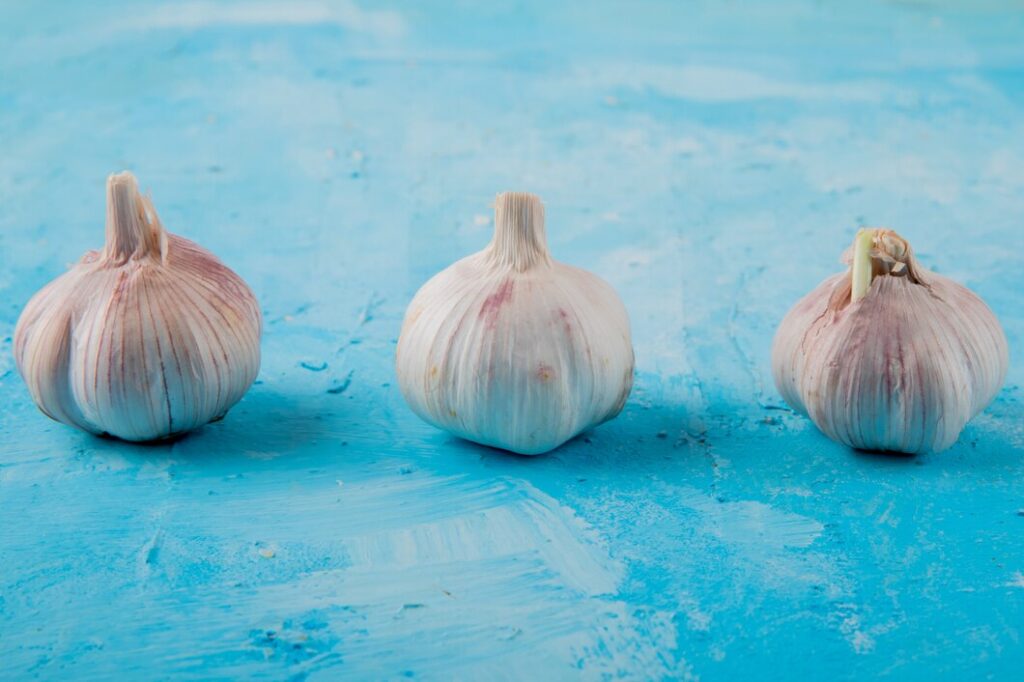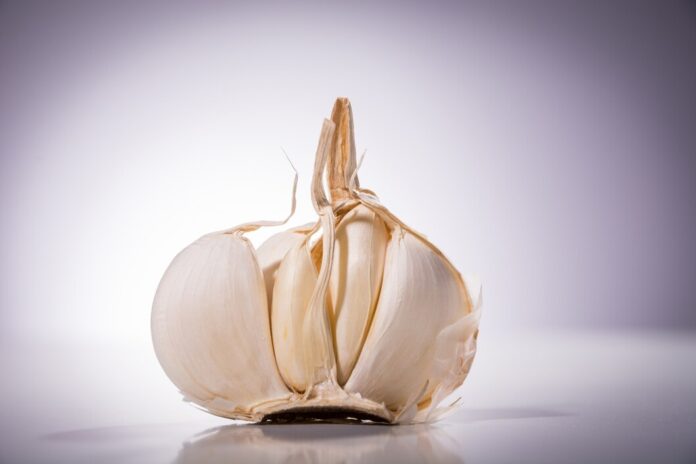Garlic is a key ingredient in many dishes, enhancing flavors with its bold aroma and rich taste. However, using spoiled garlic can affect the quality of your meals and may even pose health risks. How to tell if garlic is bad is a common question, especially for those who store it for long periods. Recognizing the signs of spoilage and understanding proper storage methods ensures that your garlic stays fresh and safe to eat.
How to Tell If Garlic Is Bad by Its Appearance: Signs of Spoiled Garlic

Visual inspection is the first step in checking garlic freshness. Fresh garlic has a smooth, firm surface with a white or slightly off-white color. If you notice brown spots, dark patches, or mold, it’s a clear indication that the garlic is no longer good. Mold can develop on the outer layers or the cloves themselves, usually appearing as fuzzy or powdery growth.
Another sign of aging is sprouting. If green shoots are growing from the cloves, the garlic is still safe to eat but may have a bitter taste. To improve the flavor, remove the green sprout before using the clove.
Texture and Smell Check

The texture of garlic changes as it spoils. Fresh cloves should be firm and crisp when pressed. If they feel soft, mushy, or shriveled, they have likely started to go bad. A rubbery texture means the garlic has lost moisture and isn’t ideal for cooking.
Smell is another reliable indicator. Garlic should have a strong, fresh, and slightly spicy aroma. If it smells sour, musty, or unusually mild, it has likely started to spoil. A rotting or off-putting odor is a clear sign that the garlic should be discarded.
How Long Does Garlic Last?
Garlic doesn’t last forever, but proper storage can keep it fresh longer. Look below to see how long whole bulbs and individual cloves stay good.
Whole Bulbs
A properly stored garlic bulb can last up to six months. The key is to keep it in a cool, dry, and well-ventilated place. Storing garlic at the right temperature (between 60°F and 65°F) helps prevent premature spoilage. Refrigeration should be avoided for whole bulbs since the moisture can cause sprouting.
Individual Cloves
Unpeeled cloves last about three weeks at room temperature, while peeled cloves should be stored in an airtight container in the refrigerator and used within a week. If left exposed to air, peeled garlic dries out quickly and loses its potency.
Proper Storage Techniques
Storing garlic the right way helps prevent spoilage and keeps its flavor intact. Look below for the best storage methods to extend its shelf life.
Best Storage Conditions
Keeping garlic in the right conditions helps it last longer. Avoid storing it in plastic bags or sealed containers unless it is peeled, as this traps moisture and promotes mold growth. The best options are mesh bags, paper bags, or open baskets that allow air circulation.
Refrigeration and Freezing
While refrigeration is not ideal for whole bulbs, peeled or chopped garlic should always be kept in an airtight container in the fridge. It should be used within five to seven days to maintain freshness.
For long-term storage, garlic can be frozen in its whole, peeled, or minced form. Some people freeze garlic in olive oil or butter for easy cooking, but it should be done in small portions and stored properly to prevent bacterial growth.
Wrapping Up
Knowing how to tell if garlic is bad is essential for maintaining the quality and safety of your food. By checking for discoloration, mold, soft texture, and unusual odors, you can easily determine if your garlic is still fresh. Proper storage methods, such as keeping whole bulbs in a dry, ventilated space and refrigerating peeled cloves, will help extend its shelf life. Whether you use garlic daily or occasionally, following these guidelines will ensure that you always have fresh and flavorful garlic ready for cooking.
Frequently Asked Questions(F.A.Qs)
Q1. How to Tell If Garlic is Bad Without Cutting It?
Check for softness, shriveling, or mold on the outer layers. A musty or sour smell also indicates spoilage.
Q2.Why Does My Garlic Smell Different Than Usual?
Fresh garlic has a strong, pungent aroma. If it smells sour, weak, or musty, it may no longer be fresh.
Q3.What Happens If I Eat Bad Garlic?
Spoiled garlic can cause digestive issues, nausea, or food poisoning. If it has mold, an off smell, or a mushy texture, discard it.
Q4.Can I Store Garlic in the Refrigerator to Keep It Fresh?
Whole bulbs should not be refrigerated as moisture causes sprouting. Peeled or chopped garlic can be refrigerated in an airtight container.
Q5.Does Cooking Kill Mold on Garlic?
No, cooking does not remove toxins from moldy garlic. If you see mold, it’s best to throw it away for safety.




